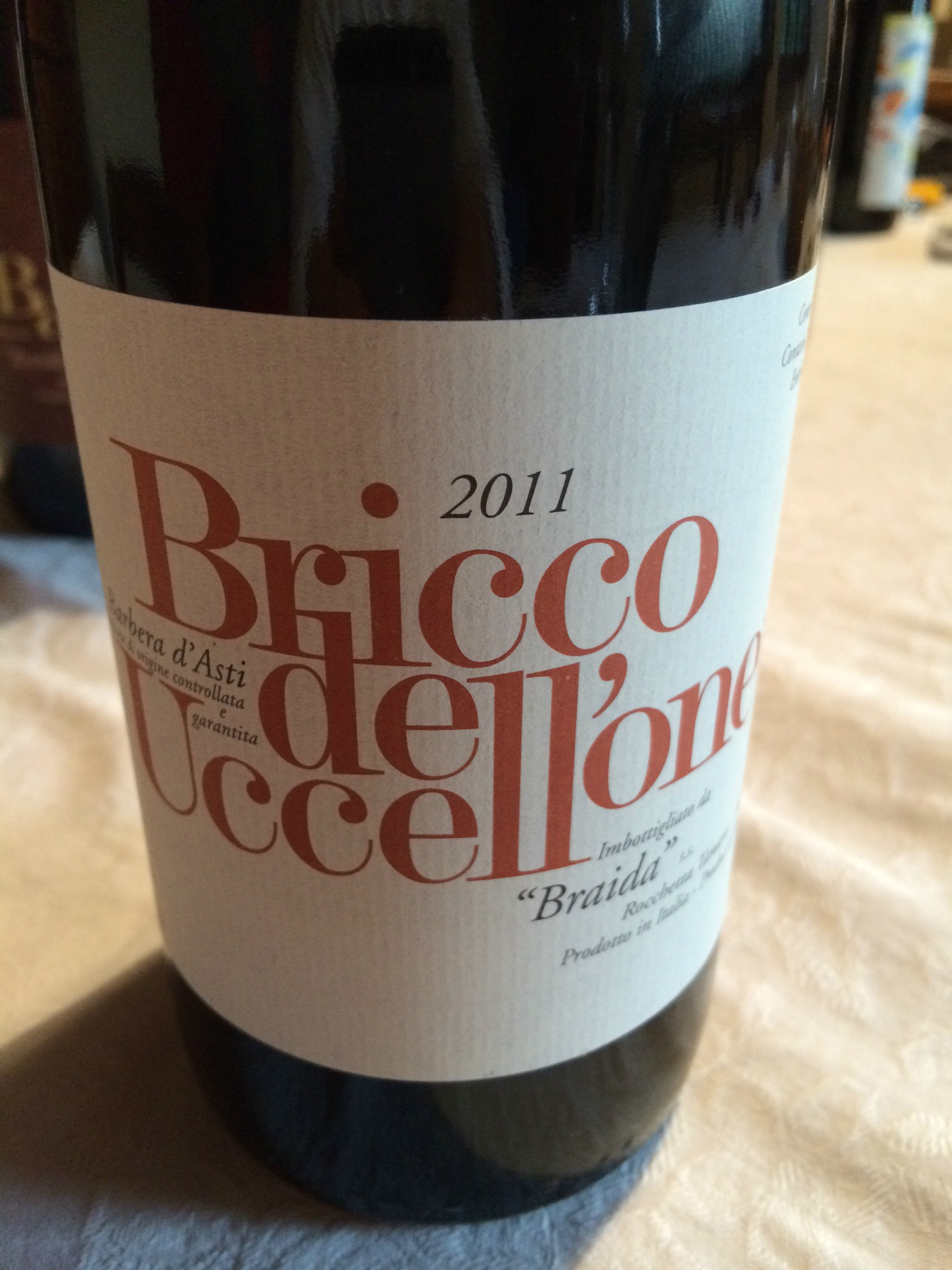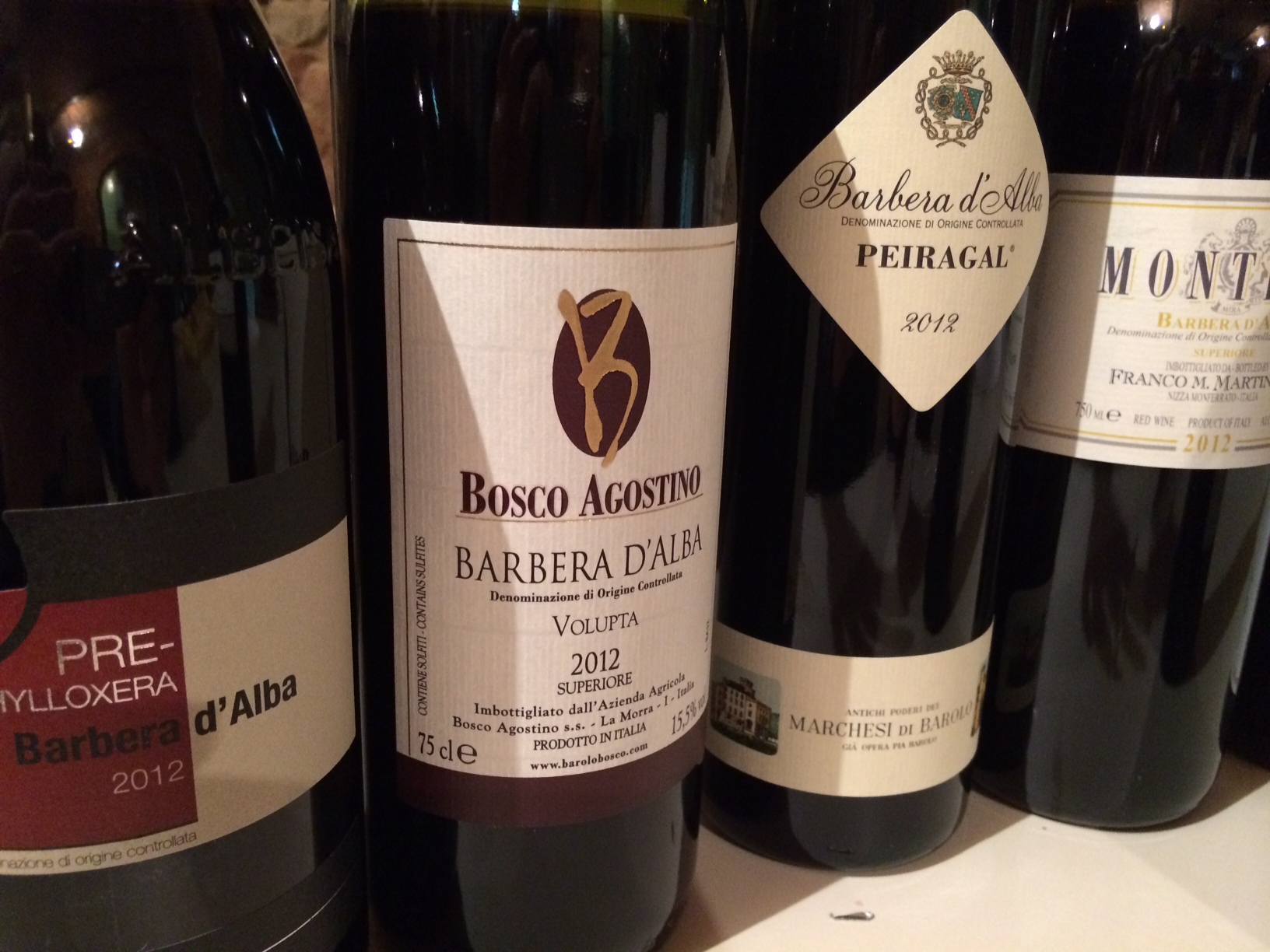Tasting Report: 50 Outstanding New-Release Barberas
Two outstanding vintages of Barbera are now widely available on the market. In a previous report, James questioned whether the 2011 might be the greatest vintage on record, and there can be little doubt in the highly favorable growing season. “Barbera loves a hot growing season such as 2011,” comments Marco Parusso, whose namesake winery only just released one of the vintage’s highlights.
And yet 2012 unfolded for Barbera in much the same way with higher than average temperatures all year round, a shorter growing season and an early harvest. “2011 and 2012 proved very similar in the end for Barbera,” says Giuseppe Bologna, son of the famous Piedmontese vintner Giacomo Bologna who founded Braida.
“They were characterized by a very hot climate from the very beginning of the vegetative period to the harvest, and this favored excellent fruit maturation and thus impressive concentration and structure in the wines.” Indeed, only the generally damp and cold 2013 vintage, out of the most recent years on the market, represents a less-than-extraordinary offering for Barbera.
It seems, however, that much more than simply profiting from the cycles of nature is being done in Piedmont to dispel the myth that Barbera is just a one-dimensional, fruity, high-in-acidic table wine. To be sure, I can personally remember tasting a particularly jammy Barbera this summer that almost put a novice like me off the grape type altogether. Yet as I tasted more and more Barberas this summer in La Morra with James, it became clear that – just like in the case of Barolo – a new paradigm is beginning to be accepted.
“I’ve done blind tastings,” insists Marco Parusso, “in which we compared ten-year-old Barberas and Barolos between which few people were able to distinguish. The truth is that these days, using proper techniques, it’s more than possible to create substantial, age-worthy Barberas that in many ways resemble their nebbiolo, older cousins.” The key for Marco is depth and length, and he in particular goes to great length to ensure the low-tannin barbera grape can achieve this, choosing to macerate for long periods of time with the stems fully intact.

Valter Fissore of Elvio Cogno, which makes awe-inspiring, super-concentrated and fine Barberas from pre-phylloxera, 125-year-old vines, concurs: “The key for me is tension, and this has to include a little bit of tannins in the mix.” When confronted by such individual examples as these, it’s hard to remember that Barbera is the most widely planted grape variety in Piedmont. Nevertheless, all the aforementioned examples remain the exception, not the rule.
Even so, the gradual process of change is undeniable, so much so that Giuseppe Bologna goes so far as to call it a “revolution” – a revolution that started in the 1980s, but which is ever closer to fruition today. “My father, Giacomo, was one of the first to refute the preconception that Barbera can only give life to simple young wines. Wood and ageing have an enormously important role to play in Barbera to complete, integrate and stabilize the wine.” But, cautions Beppe Ca’Viola: “We do need to be careful not to go to the other extreme of noticeably international wines. In my view, Barbera still better “digests” older, larger casks, rather than new-wood barriques.”
James’ below notes and scores come from all three vintages mentioned above (2011, 2012, 2013), but also touch upon new-release 2008s, 2009s and 2010s.
– Jack Suckling
